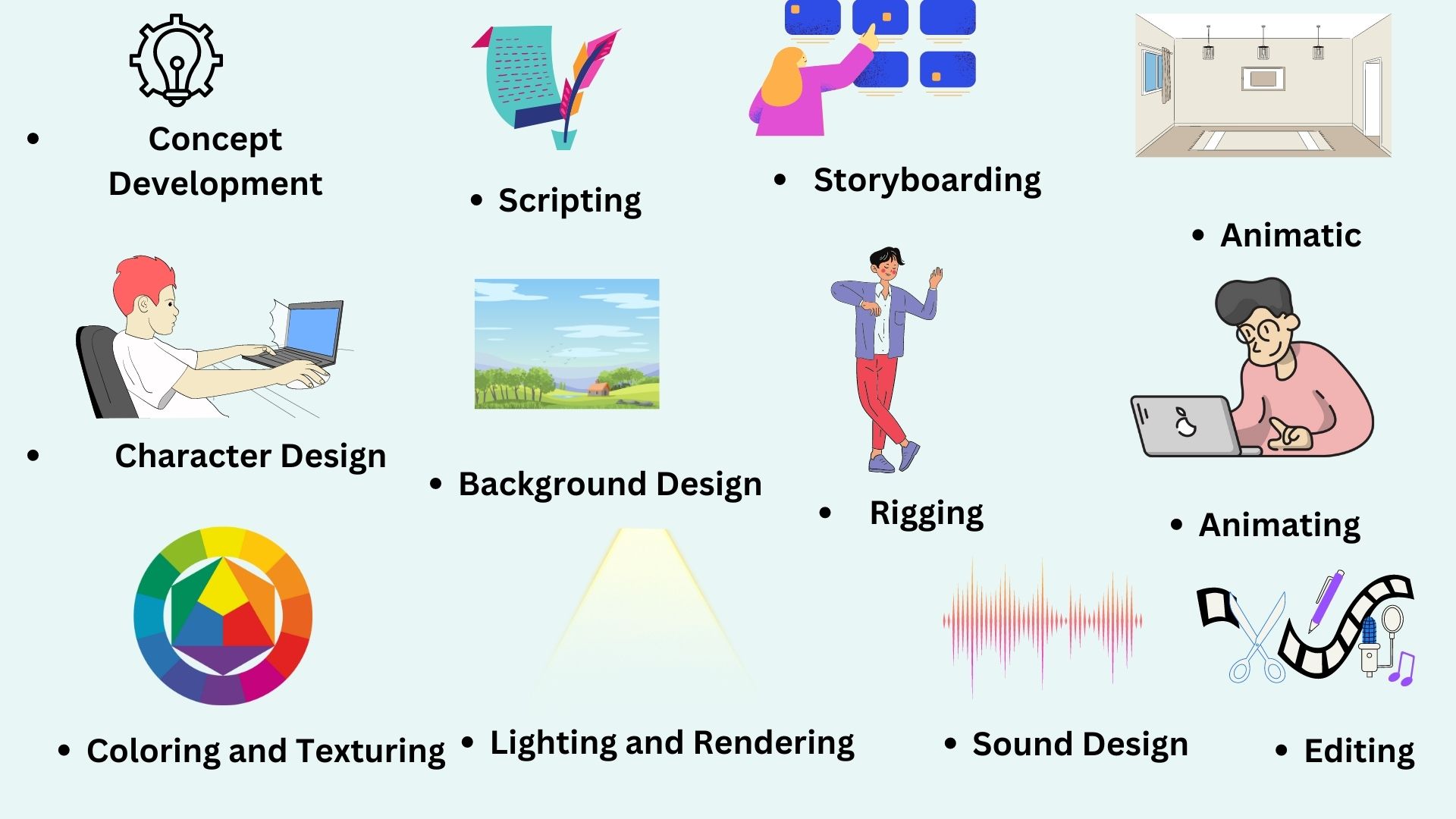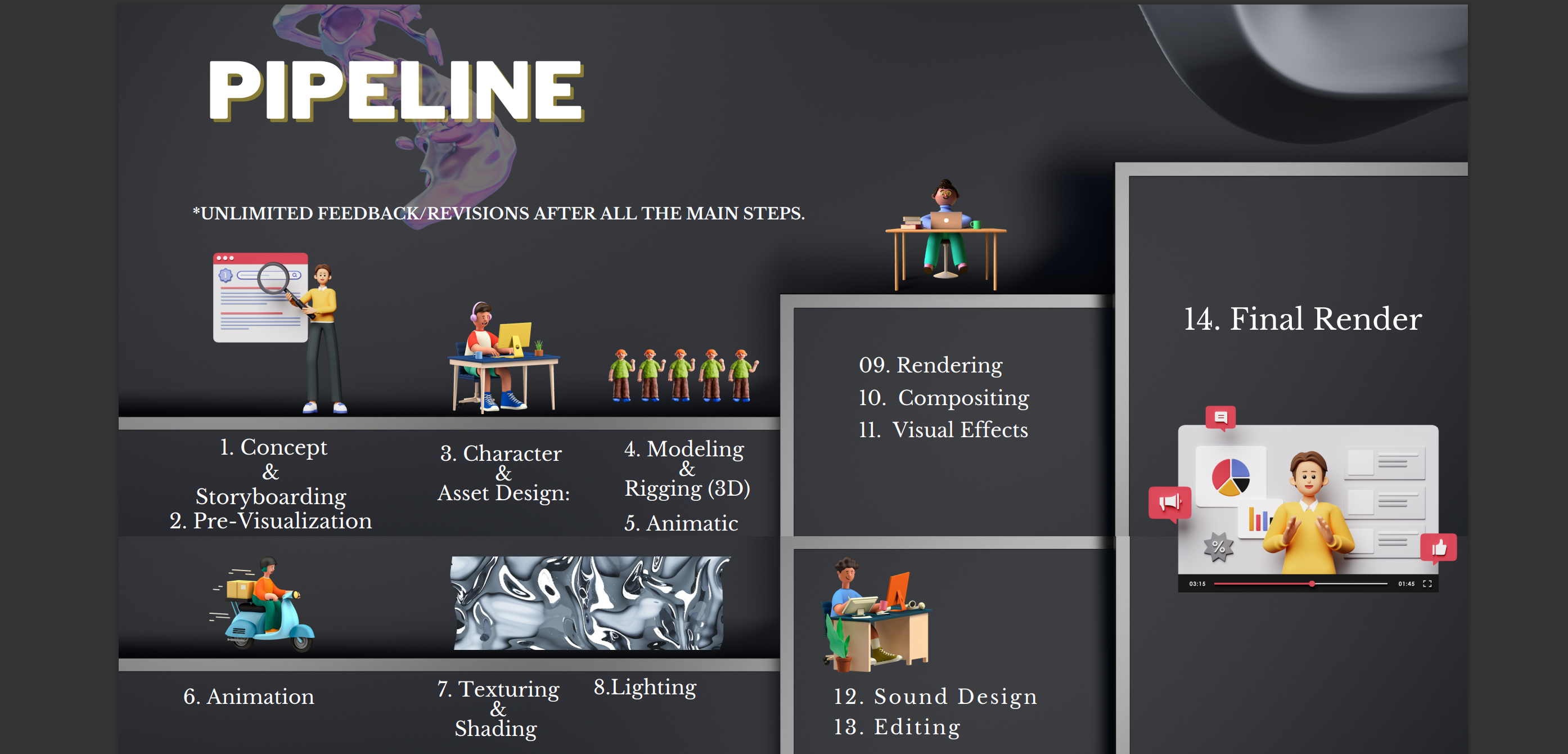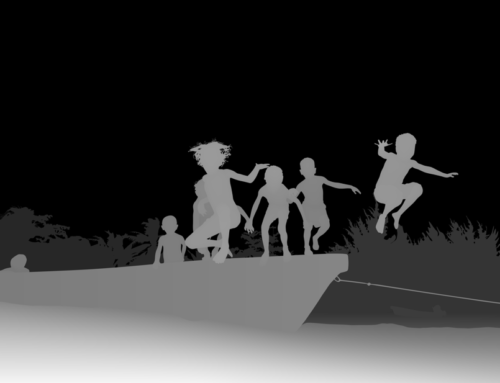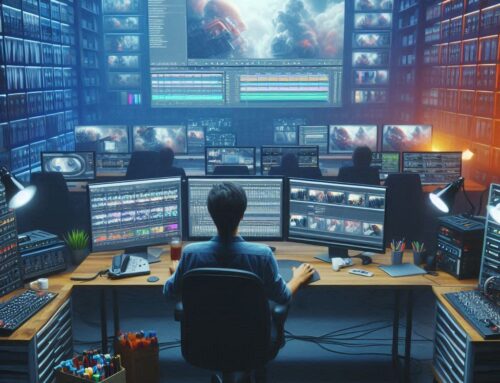Welcome to the captivating world of animation, where creativity meets technology to tell compelling stories. In this comprehensive guide on “How to Animate,” we’ll journey through each stage, exploring real-life examples from the vibrant landscape of Indian animation. Animation is a powerful tool that can be used to great effect by entrepreneurs, business owners, and video marketing agencies. Despite its potential, many companies fail to fully utilize animation in their campaigns, often due to misconceptions about the process. This article aims to demystify the animation process, breaking it down step by step and showing how to Animate.

2D Animation Pipeline
2D animation Pipeline

3D Animation Pipeline
How to Animate – Step 1: In-Depth Research
Exploration Through Indian Animation:
The first step in any animation project is research. It’s crucial to understand the purpose of the animation, the target audience, and any specific requirements. It’s important to involve the entire team at this stage to ensure everyone is aligned and working together effectively.
To grasp the significance of research, look no further than India’s iconic animation, “Chhota Bheem.” The creators undertook extensive research into Indian folklore and mythology, ensuring the series resonated culturally. Facing the challenge of blending traditional stories with modern themes, they navigated cultural sensitivities to create a universally appealing animation.
Step 2: Defining Project Scope
Scope Defined by “Ghatothkach: Master of Magic:”
The next step is to define the scope of the project. This involves identifying the central purpose of the project, the message the animation should convey, the project timelines , deadlines and the budget.
India’s “Ghatothkach: Master of Magic” exemplifies the importance of a well-defined scope. By focusing on a specific character from the Mahabharata, the creators avoided the common pitfall of overwhelming scope. This allowed for a deep exploration of Ghatothkach’s narrative, resulting in a captivating animation with a clear purpose.
A strong foundation is key to the success of any project, and a clear definition of the project scope can prevent issues such as missed deadlines, unappealing animations, and budget overruns.
Step 3: Ideation and Script Crafting
The Art of Storytelling in “Hanuman: The Immortal Hero”:
Writing an animation script is different from writing a regular blog post. Clarity is paramount to ensure the viewer understands your brand, service, or product and its unique selling points. The tone of the script should match the animation; a mismatch can put off potential clients. The script forms the backbone of the animation process, and a weak script can undermine the entire project.
“Hanuman: The Immortal Hero” showcases the power of storytelling. Crafting a script based on the life of Lord Hanuman, the creators faced the challenge of condensing a vast mythological narrative into an engaging animation. The key lay in highlighting Hanuman’s heroic deeds, providing a cohesive and compelling storyline.
Step 4: Voice Over Recording
Adding Emotion to “Krishna: The Birth:”
After the script is finalized, it’s time to record the voice over. The voice over brings the script to life, adding emotion and personality. It’s important to choose a voice that fits the tone of the animation and resonates with the target audience.
In the animation “Krishna: The Birth,” the voiceover plays a pivotal role. Selecting a voice that resonates with the divine yet relatable character of Lord Krishna posed a unique challenge. The creators navigated through multiple auditions to find the perfect voice, infusing emotion and personality into the animation.
Step 5: Storyboarding
Navigating Challenges in “Arjun: The Warrior Prince”:
Storyboarding is the process of creating a visual representation of the script. It’s a crucial step in the animation process, allowing the team to visualize the final product and make any necessary changes before moving on to the animation stage.
The creation of “Arjun: The Warrior Prince” faced challenges during the storyboarding phase. Bringing the epic tale of Mahabharata to life required meticulous planning. The creators grappled with balancing historical accuracy with visual appeal, ensuring each frame contributed to the narrative flow seamlessly.
Step 6: Illustration Magic
Vibrancy of “Motu Patlu”:Once the storyboard is approved, the illustrations can be created. These are the visual elements that will be animated in the next stage. The style of the illustrations should match the tone of the script and the brand.
The success of “Motu Patlu” lies in its vibrant illustrations. Creating characters that appeal to a diverse audience, the creators focused on a lively and colorful aesthetic. Balancing simplicity with visual appeal, the illustrations became a visual delight, contributing to the show’s widespread popularity.
Step 7: Dynamic Animation
The Dynamic World of “Baahubali: The Lost Legends”:
With the illustrations complete, it’s time to bring them to life through animation. This is where the magic happens, as the static illustrations are transformed into a dynamic, engaging video.
“Baahubali: The Lost Legends” exemplifies the transition from static illustrations to dynamic animation. The challenge here was to capture the grandeur of the Baahubali universe in motion. The creators employed advanced animation techniques to bring the epic world to life, captivating audiences with dynamic visuals.
Step 8: Harmonious Sound Design
Musical Mastery in “Ramayana: The Legend of Prince Rama”:
The final stage is sound design. This involves adding music, sound effects, and any other audio elements that enhance the animation and help convey the message.
The importance of sound design is evident in “Ramayana: The Legend of Prince Rama.” Balancing traditional musical elements with modern sensibilities, the creators seamlessly integrated music to enhance the emotional depth of the animation. The result was a harmonious blend of visuals and audio, elevating the overall viewer experience.
In conclusion, the Indian animation landscape offers a rich tapestry of examples, showcasing the power of each stage in the animation process. By navigating through these eight stages with real-life insights, creators can overcome challenges and bring their unique animations to life. With a clear understanding of each stage, any company can leverage the power of animation to enhance their marketing campaigns. and captivate audiences.
FREQUENTLY ASKED QUESTIONS: How to Animate

1.How Many Steps Does Animation Creation Involve?
The number of steps in animation creation varies based on factors such as project complexity, studio preferences, and team size. While a minimum of four steps is essential—project outlining, script creation, art style selection, and illustration and animation—additional stages like mood boarding, style framing, storyboarding, sound design, voiceover recording, and music may be incorporated based on project requirements.
2.What are the 8 Essential Stages in the Animation Process?
How To Animate:
- Researching
- Defining the project’s scope
- Writing the script
- Voice recording
- Storyboarding
- Illustration
- Animation
- Sound design
For a comprehensive understanding of these stages, delve into our detailed blog post.
3.In Animation Creation, What Holds Paramount Importance?
Central to the animation process is maintaining a holistic perspective of the entire project. Regardless of the number of stages, diverse stakeholder opinions, or team size, the end result should form a seamless, cohesive whole. The animation must effectively convey its message, capture viewer attention, and possess a distinct identity. Without this coherence, the animation video lacks a compelling identity.
4.What Challenges May Arise in Animation Creation?
Animation creation can present challenges, especially in stages like storyboarding and style framing. Balancing artistic vision with project requirements, achieving consensus among team members, and ensuring a fluid narrative can be demanding. Overcoming these challenges requires effective communication, creativity, and a keen understanding of the project’s objectives.
5.How Can Animation Studios Ensure Consistent Project Flow?
To maintain a consistent project flow, animation studios should prioritize effective project management. This includes clear communication channels, regular team collaboration, and a streamlined workflow. Utilizing project management tools, conducting regular check-ins, and addressing concerns promptly contribute to a seamless animation creation process.
In conclusion, there are many ways to Animate, but there are some basics which can be helpful, there are multiple videos online which can show How to Animate in Visuals. If you need any help, feel free to connect with us +15109625510 or Production@3dservicesindia.com.
By, Surya.







